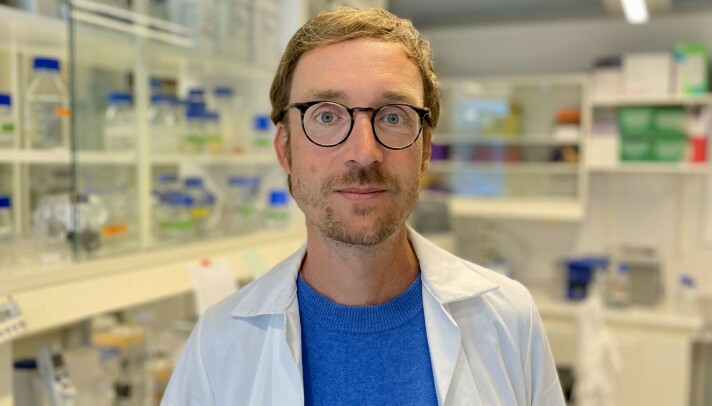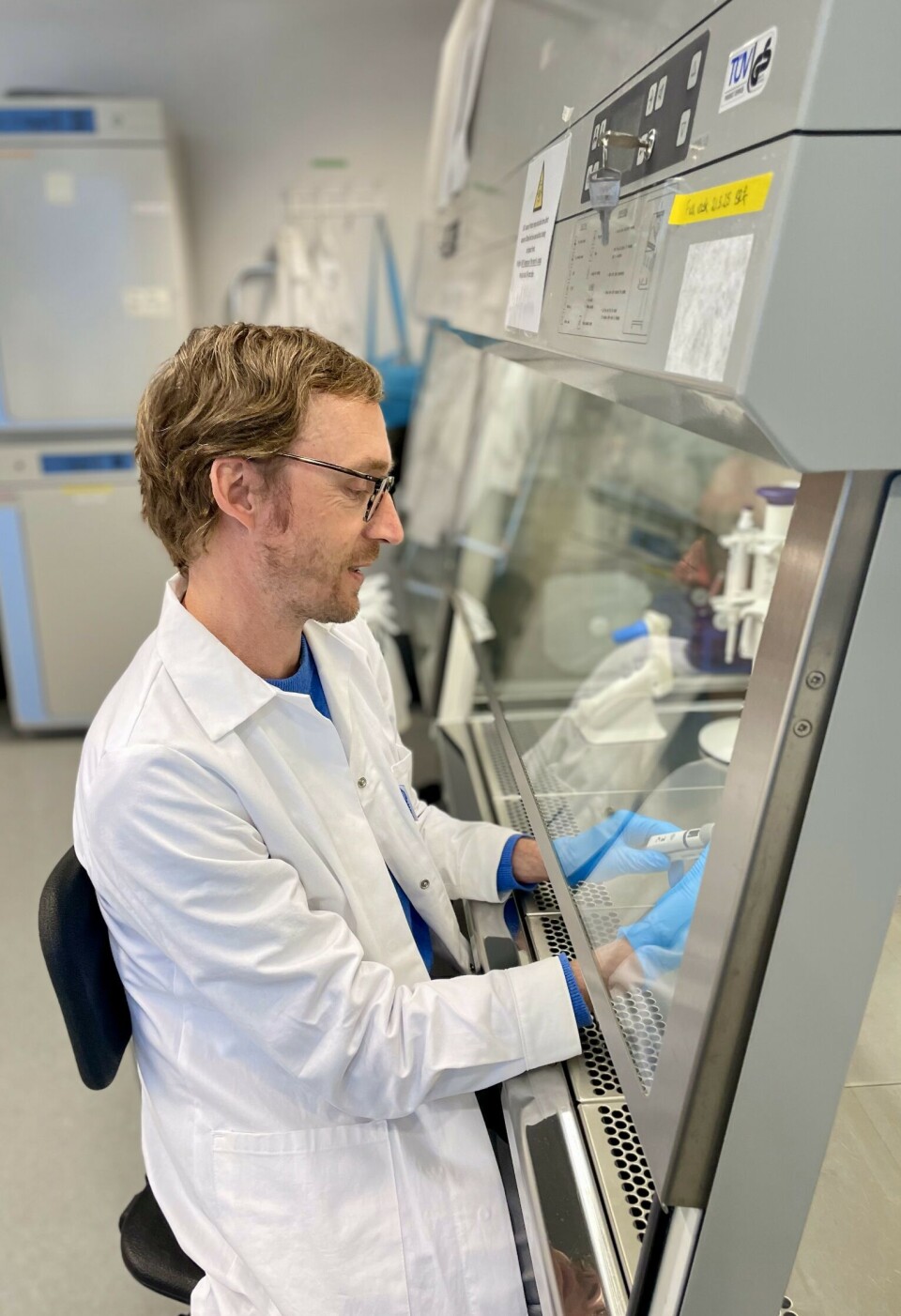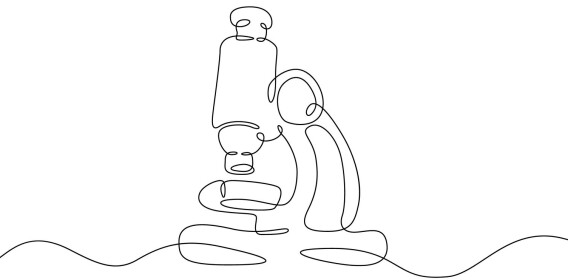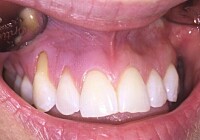"We've discovered a new way that chemicals in plastic can disrupt processes in our bodies"
When professor Martin Wagner and his colleagues exposed cells to the chemicals they found in two plastic products, they saw an effect immediately.

All the cells in your body have a built-in circadian rhythm.
It is controlled in part by receptors on the surface of the cells, called adenosine receptor 1.
"Decades of research have shown that chemicals in plastic can affect various hormone receptors. But no one has looked at these other receptors, which are present on the surface of all our cells," says Martin Wagner, professor and plastic researcher at NTNU.
The effect on hormone receptors occurs over time.
However, when Wagner and his colleagues exposed cells to the chemicals they found in two plastic products, they saw an effect immediately.
Adenosine receptor 1 was activated – and altered.
The circadian rhythm of the cells was delayed by 15 to 17 minutes.

"We've discovered a new way that chemicals in plastic can disrupt processes in our bodies," says Wagner.
Involuntary exposure
It can be compared to the effect of caffeine.
Caffeine affects exactly the same receptor, adenosine receptor 1. But caffeine blocks the adenosine receptor, so that we wake up or stay awake. The chemicals appeared to activate and thus alter the circadian rhythm of the cells.
"Besides, we drink coffee voluntarily, and we know how it works. But chemicals from plastic enter out bodies without our consent. We can't choose to avoid them, they're everywhere," says Wagner.
The researchers cannot determine what the effect of this change in the cells' circadian rhythm actually means. A cell in a petri dish is not the same as a human body.
"But it may mean that you go to bed later and wake up later. That's one theory," says Wagner.
"Adenosine receptor 1 plays a crucial role in regulating our internal clock, which operates on a 24-hour cycle. It's extremely important for the body's overall functioning," he says.
Enormous amounts of chemicals
The plastic chemicals in the study were taken from a hydration bladder with a drinking tube. The kind used by marathon runners to drink water.
The drinking tube was made of PVC and contained 1,630 different chemicals.
The hydration bladder was made of polyurethane and contained 10,042 chemicals.
"This is a completely normal number of chemicals in plastic," says Wagner.
The amount of chemicals extracted from the plastic represents a worst-case scenario, Wagner points out. The cells in the body are unlikely to be exposed to such concentrated amounts of chemicals.
Most viewed
"At the same time, we know that many chemicals from such plastic products do leach into, for example, food and water," he says.
In a previous study, Wagner and his colleagues found harmful substances in plastic food packaging, but they did not examine whether these transferred into the food. In another study, they found that plastic leaked chemicals into water under natural conditions.
Next stop – zebrafish
To further research the effects and be able to say more about how they impact a living organism, Wagner and his colleagues are starting a study on zebrafish.
"Many of these receptors are located in the brain, and we want to understand how these plastic chemicals affect the brain. Zebrafish are an excellent model for gaining insights relevant to human health," he says.
Wagner hopes to observe whether the chemicals influence the zebrafish's behaviour and circadian rhythm – for instance, whether they stay awake and active for longer periods.
An important study
Hubert Dirven is a chemical toxicologist at the Norwegian Institute of Public Health. He researches how chemicals in plastic affect our health.
Dirven is not aware of any previous studies that have looked at the effect of plastic chemicals on adenosine receptors, and he finds this one very interesting.
"It's important to conduct such studies to understand the health hazards of chemicals," he says.
Cells, not humans
But Dirven also points out that the study was conducted in cells, and therefore cannot be directly applied to humans.

"There's a bit too much speculation about possible health effects. To understand how this affects people, it's important to examine how these chemicals are actually absorbed and distributed in the body, and what happens to them during metabolism. Some substances are quickly eliminated, while others remain in the body," he says.
Dirven also highlights that the amount of chemicals extracted by the researchers represents a worst-case scenario. You and I would not be exposed to the same concentrations as the cells in the lab.
"Which chemicals have the greatest effect hasn't been studied either, and that's crucial if we're going to eventually regulate them," says Dirven.
Important follow-up research
"But adenosine receptor 1 is found in various types of cells and plays an important role in many physiological processes in the body," the toxicologist says.
Dirven is pleased that the researchers are continuing their work by studying the effects in zebrafish.
"I look forward to reading those upcoming studies. But it would be even better if they could conduct research in mice or rats – or in humans – to better understand the real health implications," he says.
———
Translated by Alette Bjordal Gjellesvik
Read the Norwegian version of this article on forskning.no
Reference:
McPartland et al. Plastic chemicals disrupt molecular circadian rhythms via adenosine 1 receptor in vitro, Environment International, vol. 198, 2025. DOI: 10.1016/j.envint.2025.109422
Related content:

Subscribe to our newsletter
The latest news from Science Norway, sent twice a week and completely free.



























































